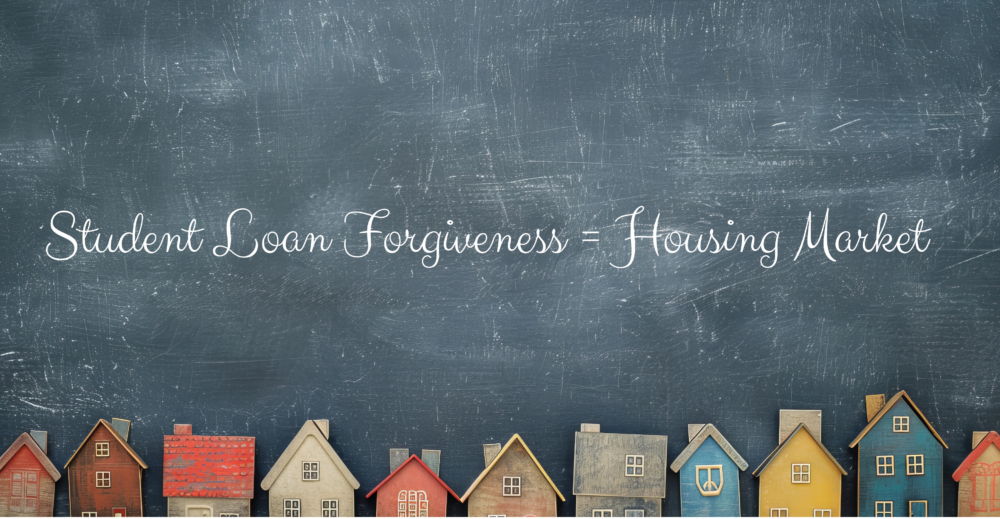
Government stimulus initiatives are often presented as solutions to boost economic activity during tough times. However, certain government actions can create economic stimuli even when their stated objectives focus on addressing different issues. This can be seen as a backdoor stimulus plan. One example of this is President Joe Biden’s proposed student loan forgiveness plan. While it aims to ease the financial strain on millions of borrowers, it could also have unexpected effects on the housing market and the broader economy.
The Housing Market Challenge
Many people delay buying a home because they’re burdened with student loans. Managing both student loan payments and a mortgage can feel impossible, leading potential buyers to put off their dreams of home ownership. Forgiving student loans could, in theory, motivate some to finally enter the housing market. But there are concerns about the unintended effects of this policy, which some see as a form of “backdoor stimulus.”

The Risks of a Backdoor Stimulus
Student loan forgiveness might seem like a quick fix to stimulate the housing market. However, it carries several risks that could lead to bigger problems:
-
Inflation Risk: If more people suddenly start buying homes, demand will rise, pushing property prices higher. This could make homeownership even less affordable for low- and middle-income families, who are already struggling.
-
Market Instability: A surge of first-time homebuyers could spark fierce competition for available homes, leading to bidding wars. In response, the Federal Reserve might raise interest rates to cool the market. This would make mortgages more expensive for everyone, not just those benefiting from loan forgiveness.
-
Federal Budget Strain: Forgiving student loans could put serious strain on federal finances. The cost may force cuts to other important programs or add to the national debt, which could affect funding for education and other critical services.
-
Fairness Concerns: Student loan forgiveness could benefit college graduates, while those who didn’t attend college or have already paid off their loans may feel left out. This might deepen societal divides, especially regarding economic fairness.
-
Reliance on Government Assistance: Regularly forgiving debt could create a culture of dependence, where people expect the government to step in whenever they face financial difficulty. This could encourage risky borrowing behavior.
-
Legal and Political Hurdles: The program is likely to face legal challenges, creating uncertainty for borrowers. The heated debate over student debt also fuels political tensions, making it harder to find long-term solutions.
Conclusion
While student loan forgiveness is intended to relieve financial burdens, its potential negative impacts on the housing market and economy shouldn’t be ignored. From inflation to fairness concerns, the risks are real.
Policymakers must carefully weigh these risks when considering the long-term effects of student loan forgiveness. A balanced approach is essential to ensure that the policy addresses student debt without causing more problems for the housing market and the broader economy. Raising awareness of these issues will help foster informed discussions about the best way forward for borrowers and the economy.
References
-
Akers, B. (2023, October 5). Student debt forgiveness would impact nearly every aspect of people’s lives. Brookings. https://www.brookings.edu/articles/student-debt-forgiveness-would-impact-nearly-every-aspect-of-peoples-lives/
-
Martin, E. (2023, June 12). How student loan forgiveness affects inflation. Money. https://money.com/how-student-loan-forgiveness-affects-inflation/
-
MSN. (2023, October 9). Student loan forgiveness halted again, backdoor stimulus payments blocked. https://www.msn.com/en-us/money/personalfinance/student-loan-forgiveness-halted-again-backdoor-stimulus-payments-blocked/ar-AA1rVdMh?ocid=msedgntp&pc=HCTS&cvid=251f10c820cb4350a8846b60215ca501&ei=9